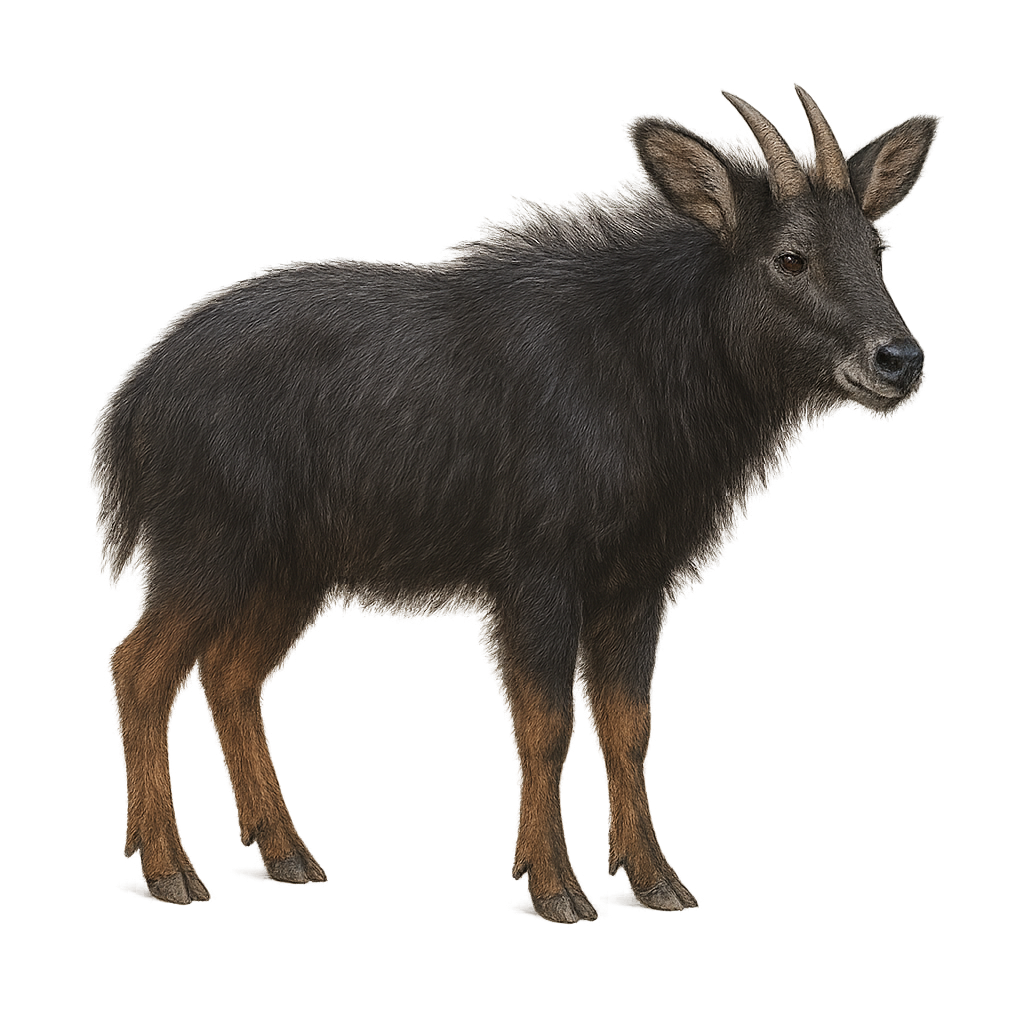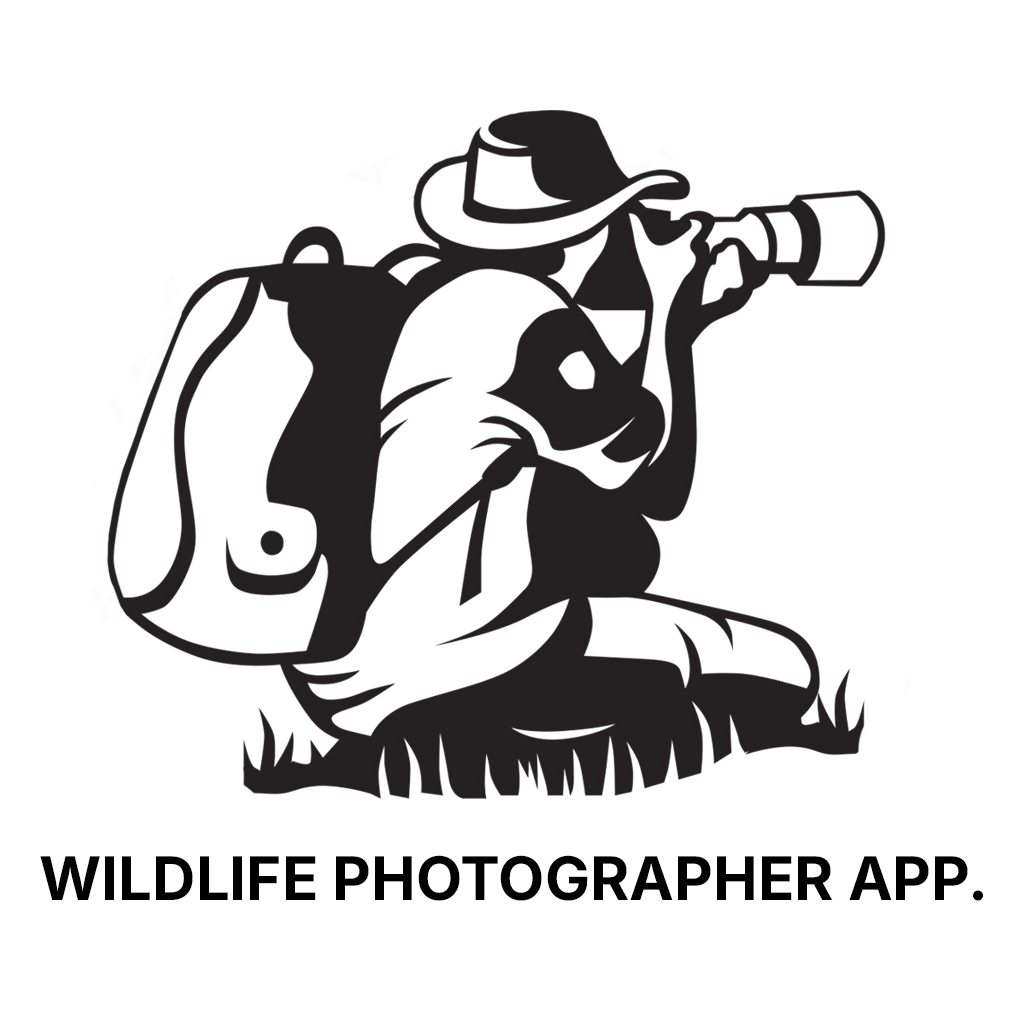Your wildlife photography guide.
Explore the mainland serow in detail, study its behavior, prepare your shots.
Where to observe and photograph the mainland serow in the wild
Learn where and when to spot the mainland serow in the wild, how to identify the species based on distinctive features, and what natural environments it inhabits. The WildlifePhotographer app offers tailored photography tips that reflect the mainland serow’s behavior, helping you capture better wildlife images. Explore the full species profile for key information including description, habitat, active periods, and approach techniques.
Mainland Serow
Scientific name: Capricornis milneedwardsii

IUCN Status: Near Threatened
Family: BOVIDAE
Group: Mammals
Sensitivity to human approach: Shy
Minimum approach distance: 50 m
Rut period: October to November
Gestation: 210-220 jours
Births: May
Habitat:
Mountain forests, rocky slopes, alpine meadows
Activity period :
Primarily active during the day, with peak activity in the morning and late afternoon.
Identification and description:
The Mainland Serow, Capricornis milneedwardsii, is a robust caprine found in the mountainous forests of Southeast Asia. It is characterized by its thick, dark coat, often black or dark brown, and its short, slightly curved horns. Adapted to rugged terrains, it is an excellent climber. Serows are generally solitary or live in small family groups. Their diet mainly consists of leaves, shoots, and grasses. Although elusive, the serow plays a crucial role in its ecosystem by aiding in seed dispersal. Unfortunately, it is threatened by hunting and habitat loss.
Recommended lens:
400 mm – adjust based on distance, desired framing (portrait or habitat), and approach conditions.
Photography tips:
To photograph the Mainland Serow, it's advisable to use a telephoto lens of at least 400mm to capture sharp images from a distance. Given their shy nature, it's best to remain discreet and blend into the environment. The best opportunities arise early in the morning or late in the afternoon when the animals are more active. Use a tripod to stabilize your camera and be patient to get quality shots.
The WildlifePhotographer App is coming soon!
Be the first to explore the best nature spots, track rutting seasons, log your observations, and observe more wildlife.
Already 1 430 wildlife lovers subscribed worldwide

